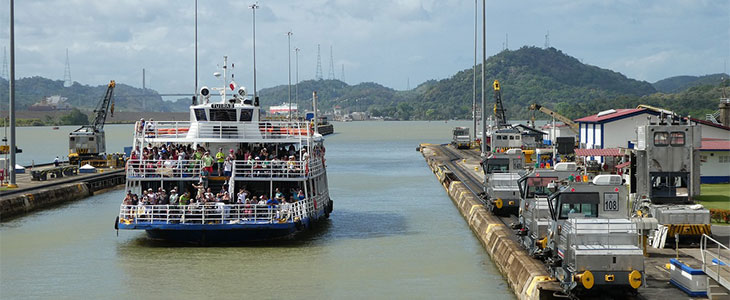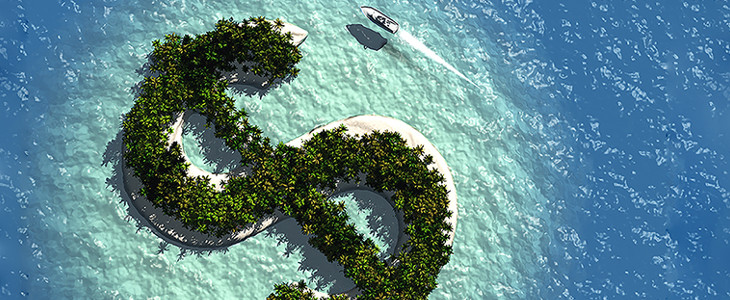Panama

Capital city: Panama City
Currency: Balboa (PAB) and United States dollar (USD
Population: 4,034,119
Language: Spanish
GDP: USD$87.4 billion
GDP per capita USD$21,665
Panama is a Central America country bordered by Costa Rica and Colombia. Panamanians believe that the word Panama means ‘abundance of fish, trees and butterflies’.
With the backing of the United States, Panama seceded from Colombia in 1903 and concluded the Hay–Bunau-Varilla Treaty with the United States. The treaty granted rights to the United States ‘as if it were sovereign’ in a zone roughly 16 km wide and 80 km long. In that zone, the U.S. would build a canal, then administer, fortify, and defend it ‘in perpetuity’.
The U.S. Army Corps of Engineers started construction work on the Gaillard Cut of the Panama Canal in 1907 and completed the 83 km canal in 1914. On the 31st December 1999, the canal was transferred from the United States to Panama (after 85 years of U.S. control). The canal is of paramount economic importance because it provides millions of dollars of toll revenue to the national economy and provides massive employment.
In 1988, General Manuel Antonio Noriega was accused of drug trafficking by federal juries in Tampa and Miami, and U.S. President Ronald Reagan froze all Panamanian government assets in all U.S. organisations. On the 20th December 1989, the U.S. invaded Panama to safeguard the lives of U.S. citizens in Panama, defend democracy and human rights, combat drug trafficking, and secure the neutrality of the Panama Canal as required by the ‘Torino’s–Carter Treaties’. This was the largest United States military operation to that date since the end of the Vietnam War and resulted in 23 service members killed and 450 Panamanian casualties.
As a result of the revenues of the canal, Panama has built the largest Regional Financial Centre in the Central America region. Consolidated assets are now three times Panama’s GDP, and contribute 9.3 per cent of GDP. Panama has agreed to enhanced transparency since the release in 2016 of the Panama Papers. Significant progress has been made to improve full compliance with anti-money laundering recommendations.
Panama exempts all income earned outside Panama. This zero-taxation policy of foreign income applies to resident individuals residing in Panama as well as Panamanian companies.
"You’d be stupid not to try to cut your tax bill and those that don’t are stupid in business"
- Bono: U2




